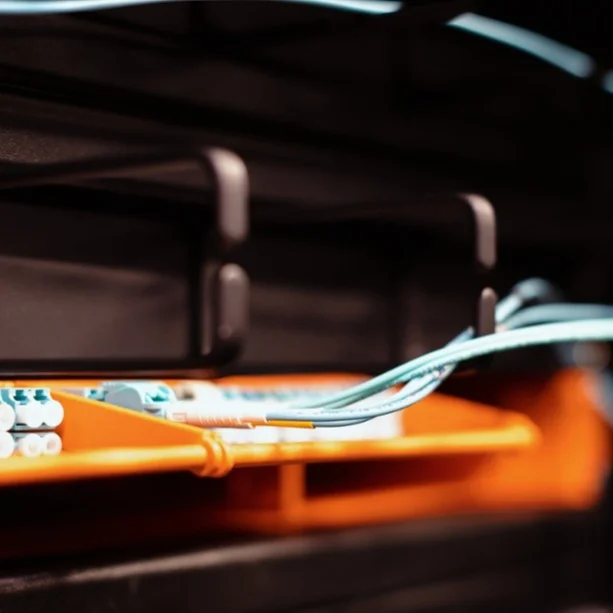Link Labs is focused on building the underlying technology that enable a new type of "Lo-Lo" network — Low power/Long Range. Our revolutionary physical layer (radio signals) make communication at much longer range than traditional WiFi or Bluetooth possible.
We build on top of this PHY an access control scheme (MAC) that enables wireless devices to "sleep" for much of their life and "Wake-up" just when they have data to transmit.
By creating an IOT/M2M ecosystem from the ground up with low power and long range in mind, three important things are achieved, that are not possible with cellular modules:
Low Power
For new classes of sensors to join the Internet of Things, most will need to be battery powered. These batteries will have to last for years. The Link Labs radio modules achieve long range network connectivity through short (<100ms) bursts of data that draw only around 50 mA. The rest of the time the system only draws a few micro amps. This can translate into years of operation on AA size batteries. Cellular modems draw many times this current, and batteries would only last a few days at most.
Low Cost Chip Sets, Low Cost Service
For wireless IOT applications where ROI is high, cellular modems are already used. These are things like vending machines, soil monitors, and important asset trackers (like trucks). If IOT networks are going to serve "down market" to lower ROI applications, the cost of both the radio module and the monthly service has to be lower, MUCH lower. A cellular modem from companies like Telit or Sierra cost >$100 EACH. A Link Labs IOT network module can be built for a fraction of this. And while wholesale cellular data has dropped in price significantly, volume deals for new businesses are hard to get. The Link Labs network has pricing based on the volume of data sent. For low rate applications, this can be pennies.
Capacity
Its almost cliche to say it, but the IOT market size may explode to billions and billions of devices. LTE or 3G cellular networks cannot handle billions of users. These are high performance networks, with high user overhead. If billions of nodes are going to be connected to wide area networks, high capacity has to be planned in from the first design. Link Labs networks are capable of serving 100-300K nodes per antenna.




